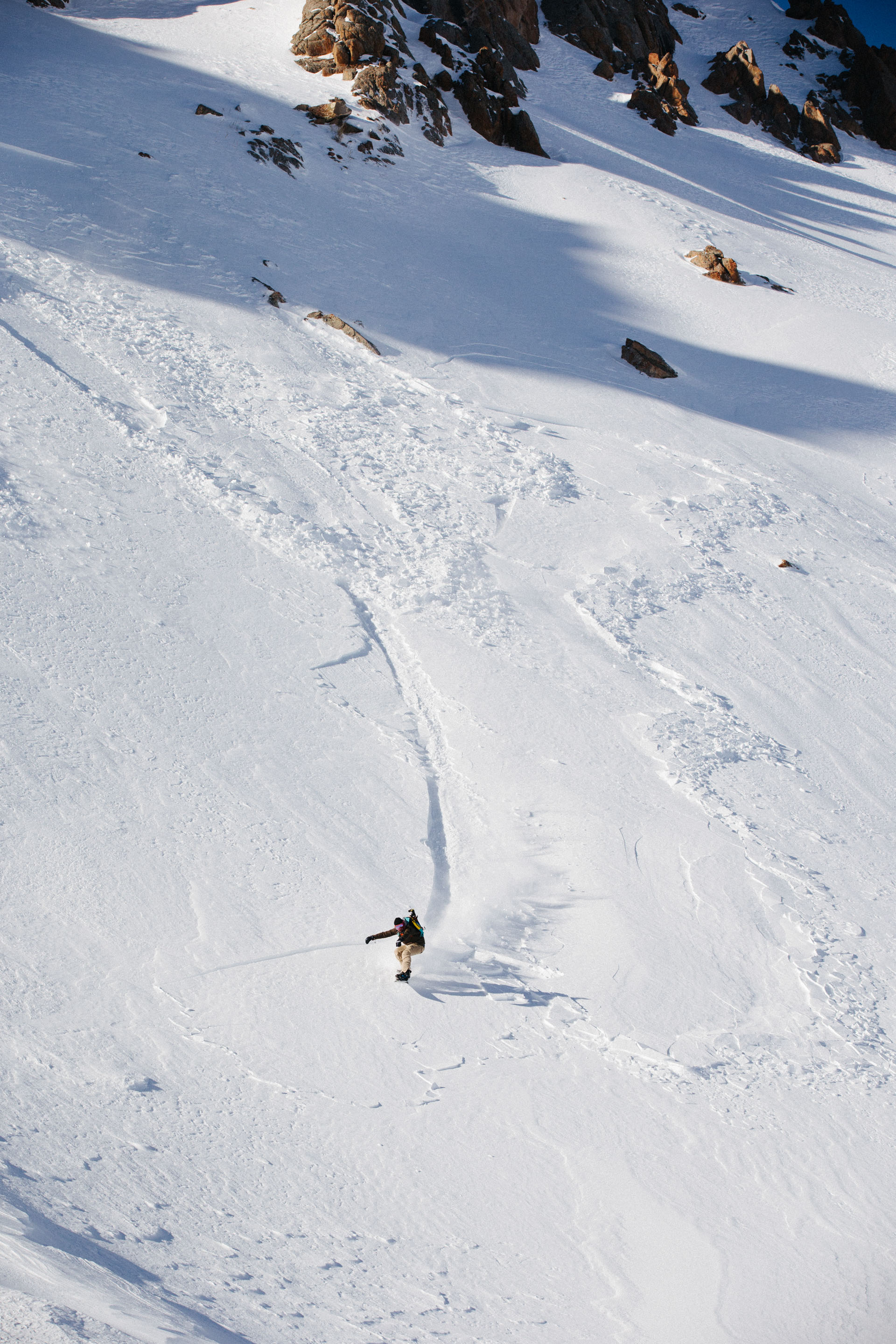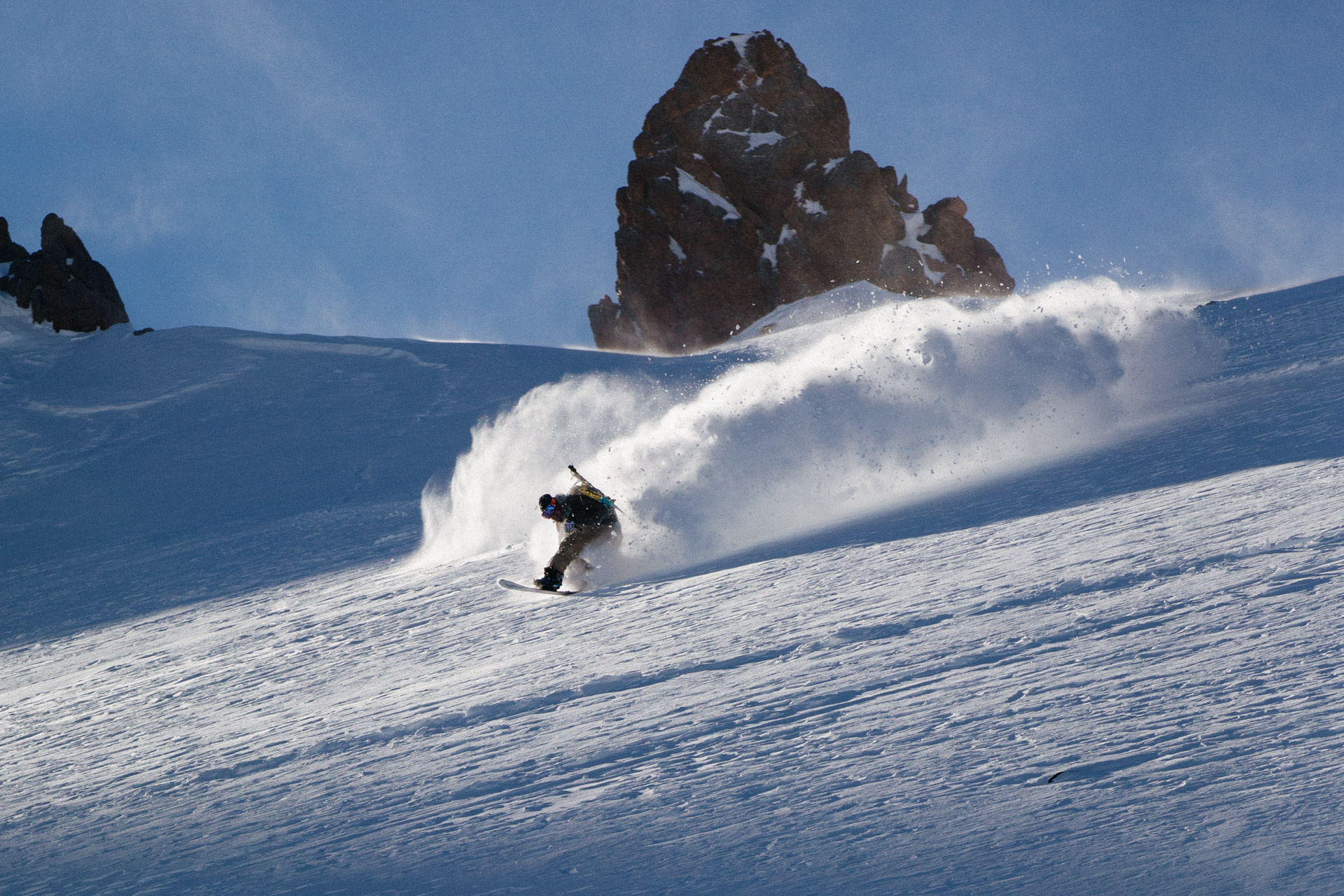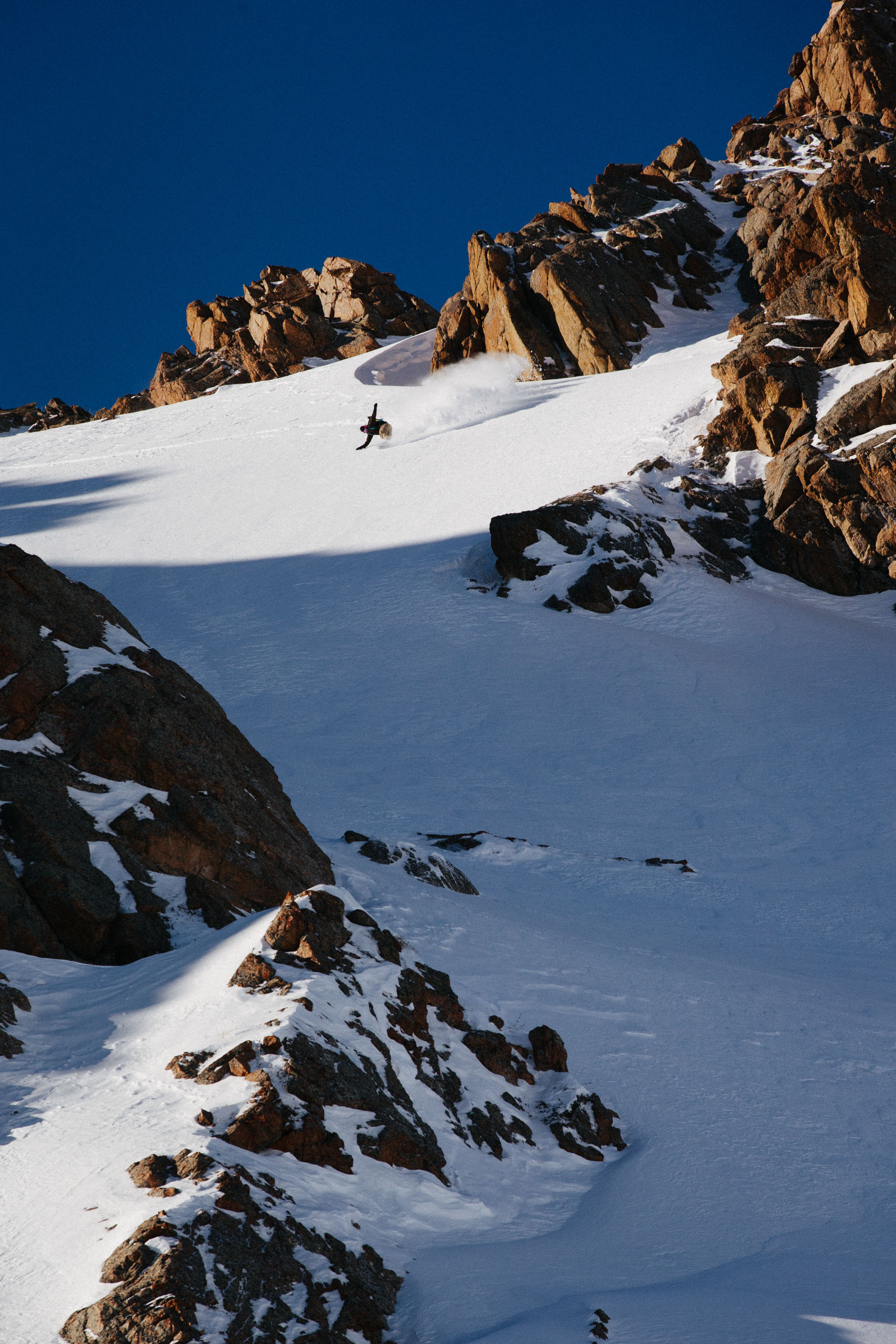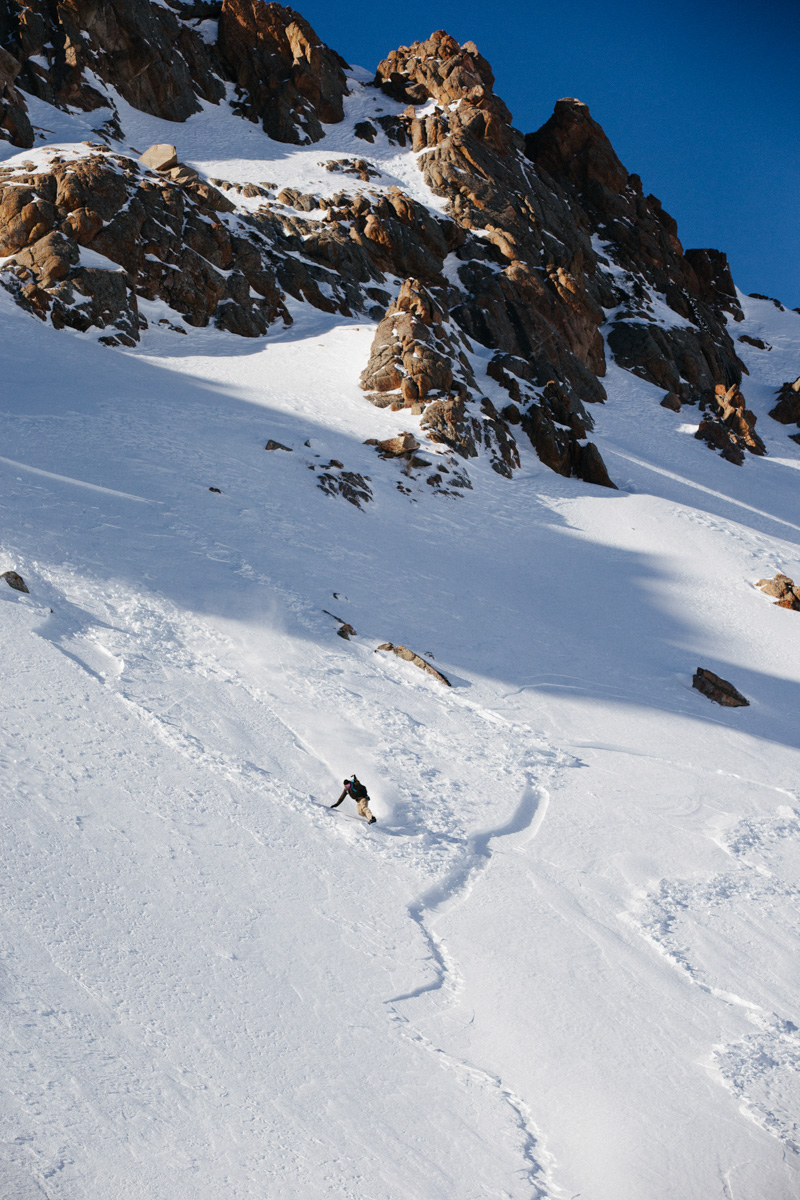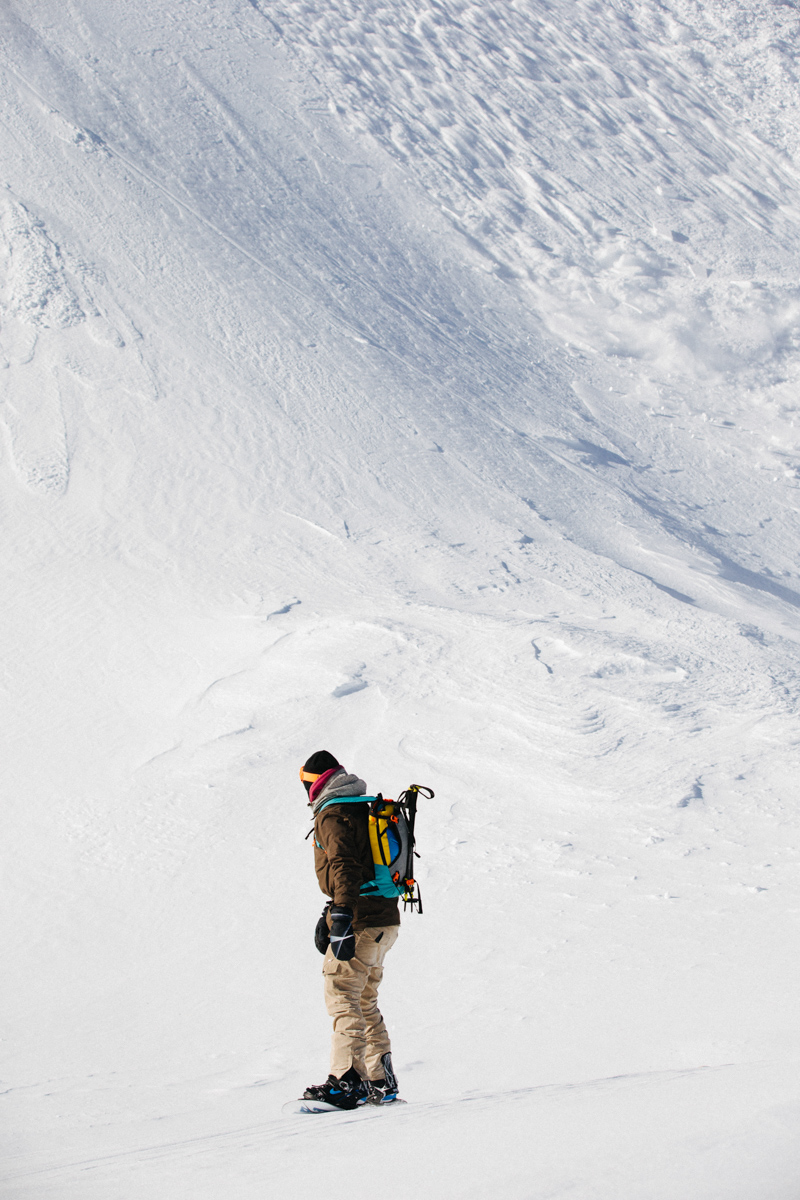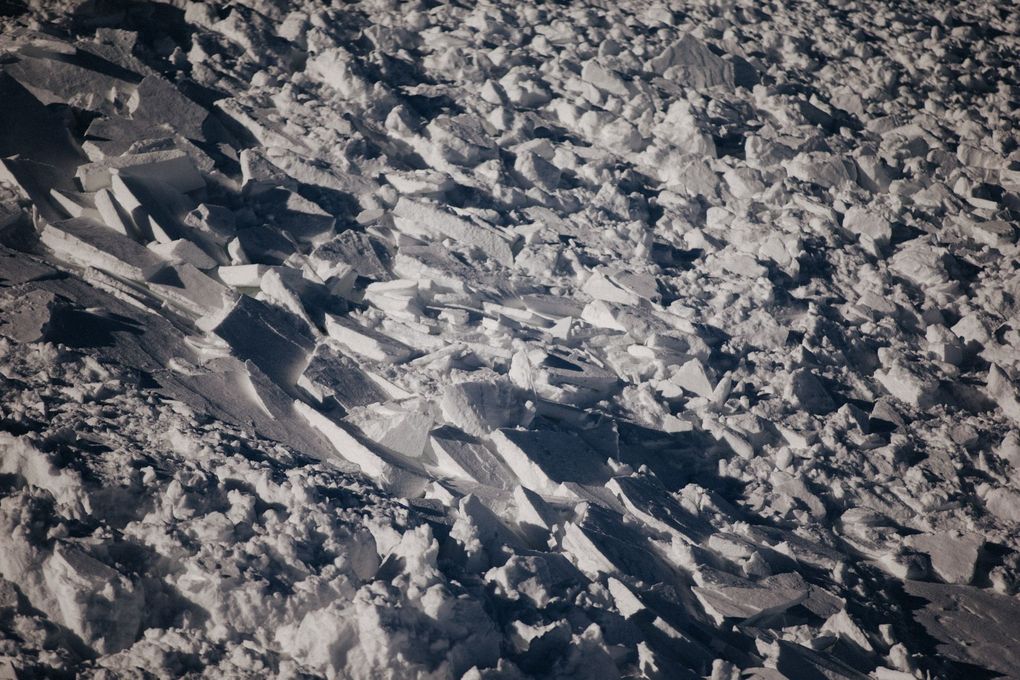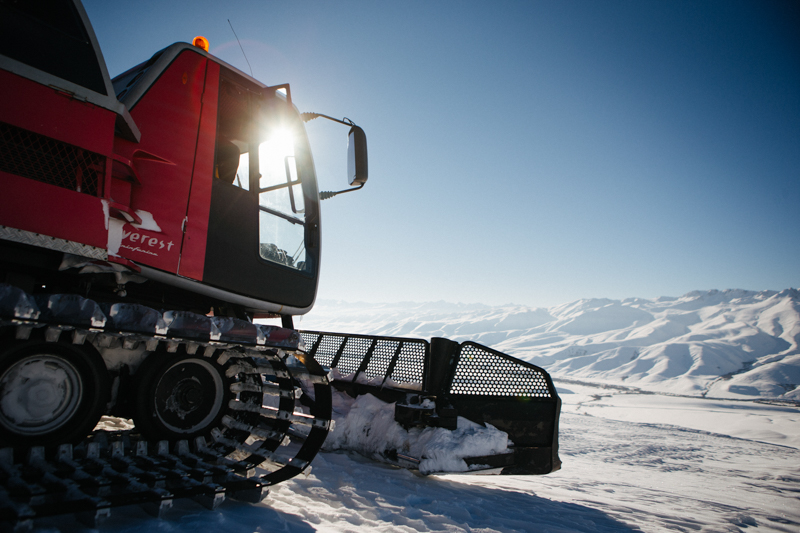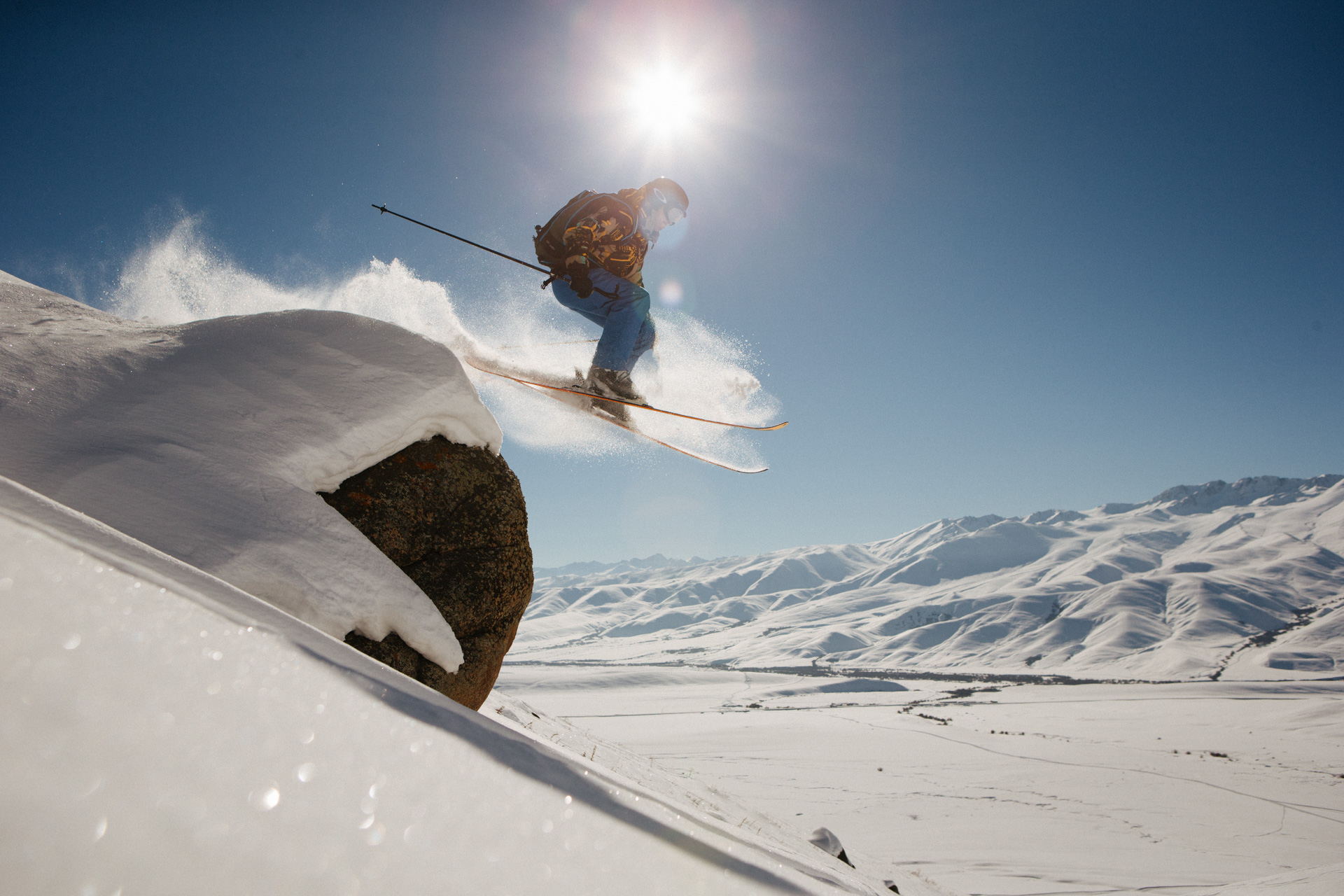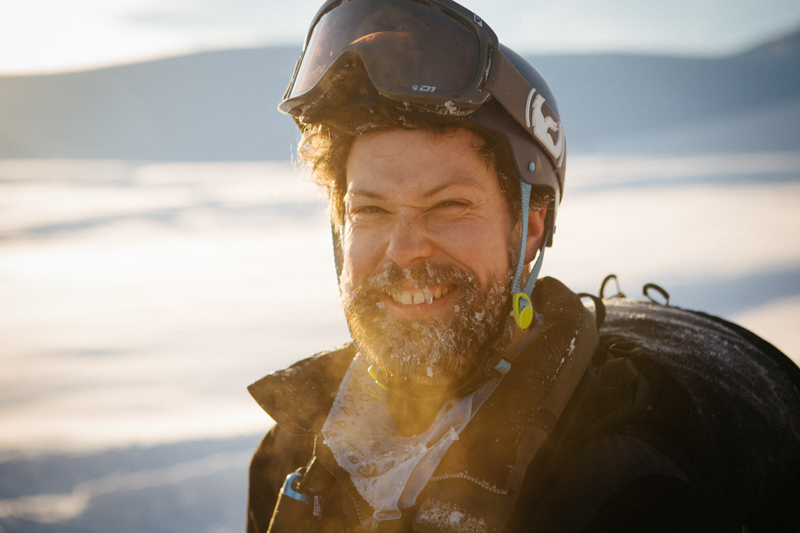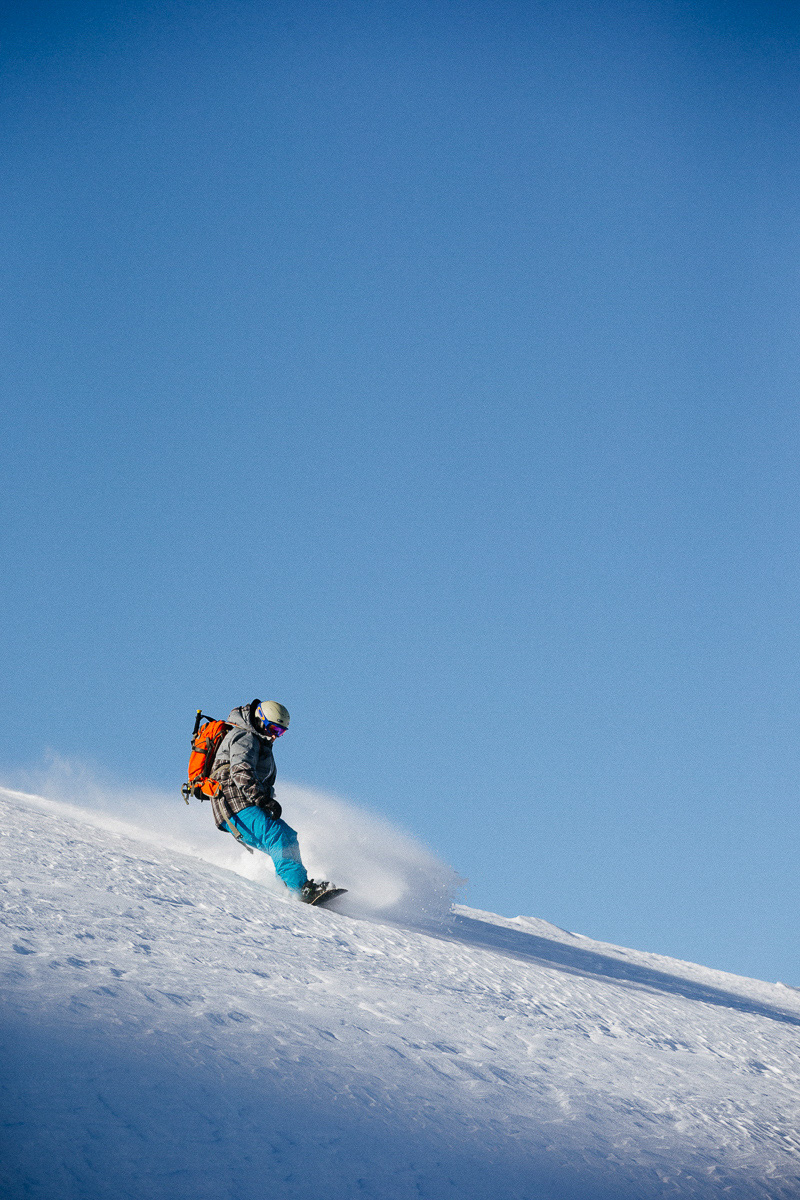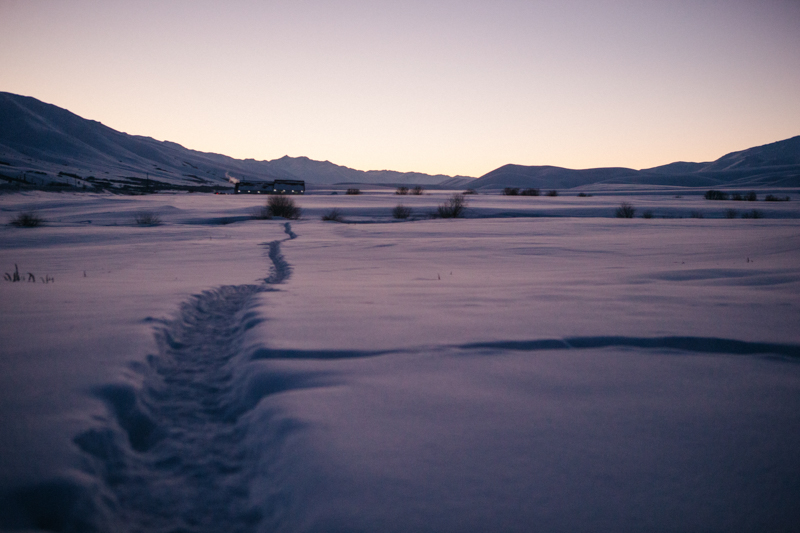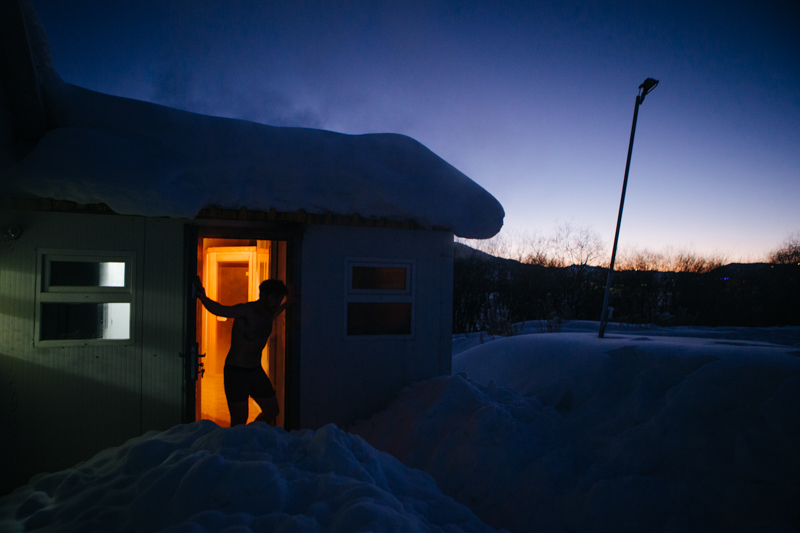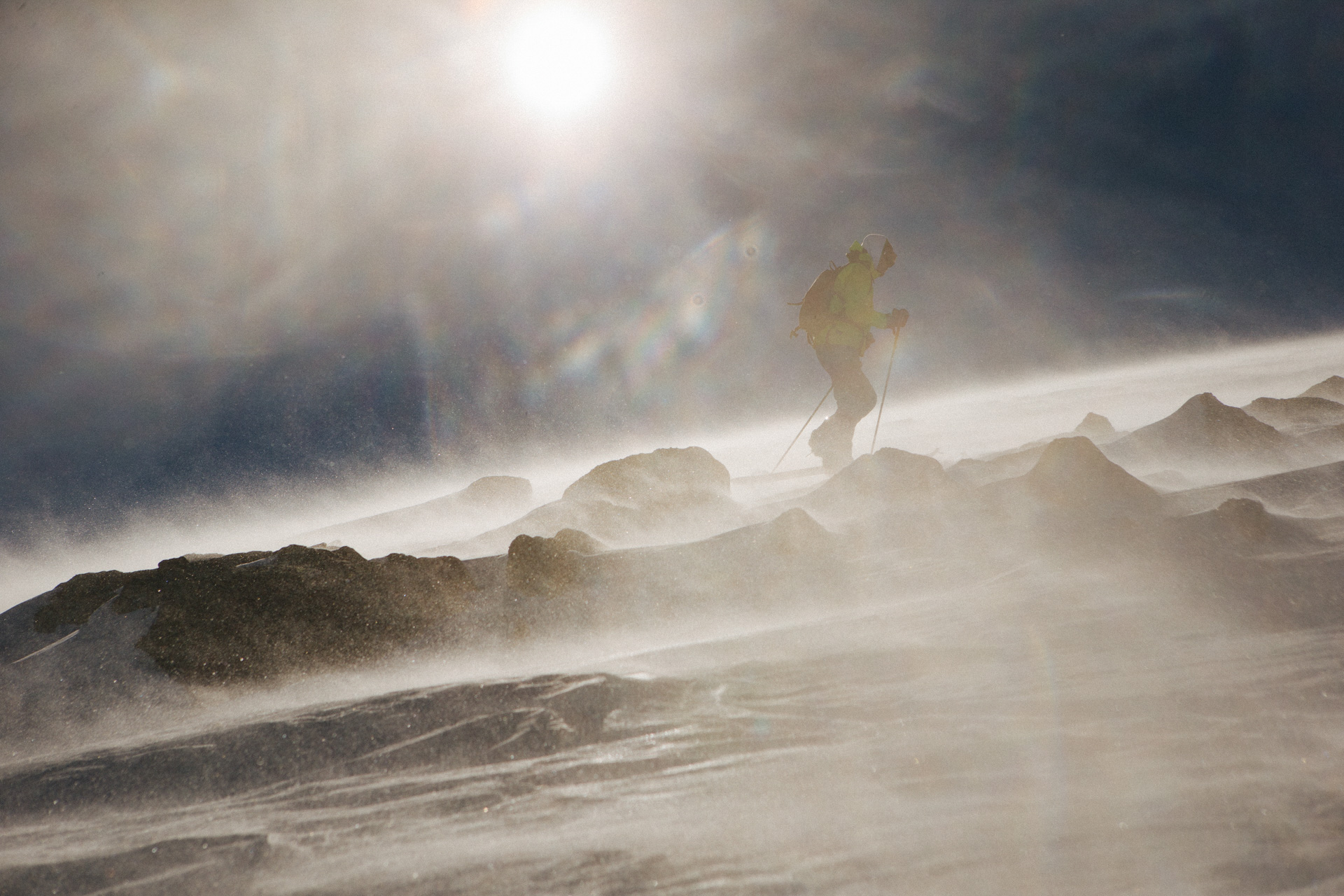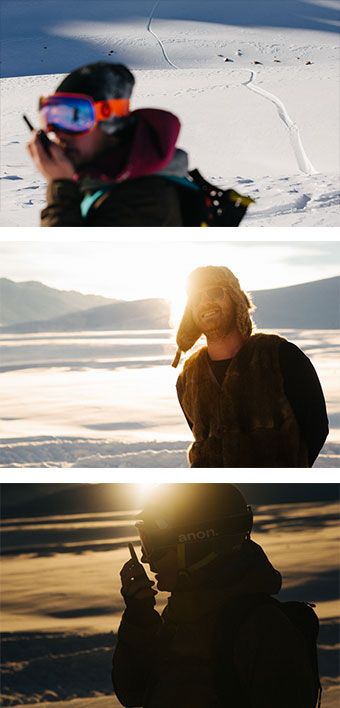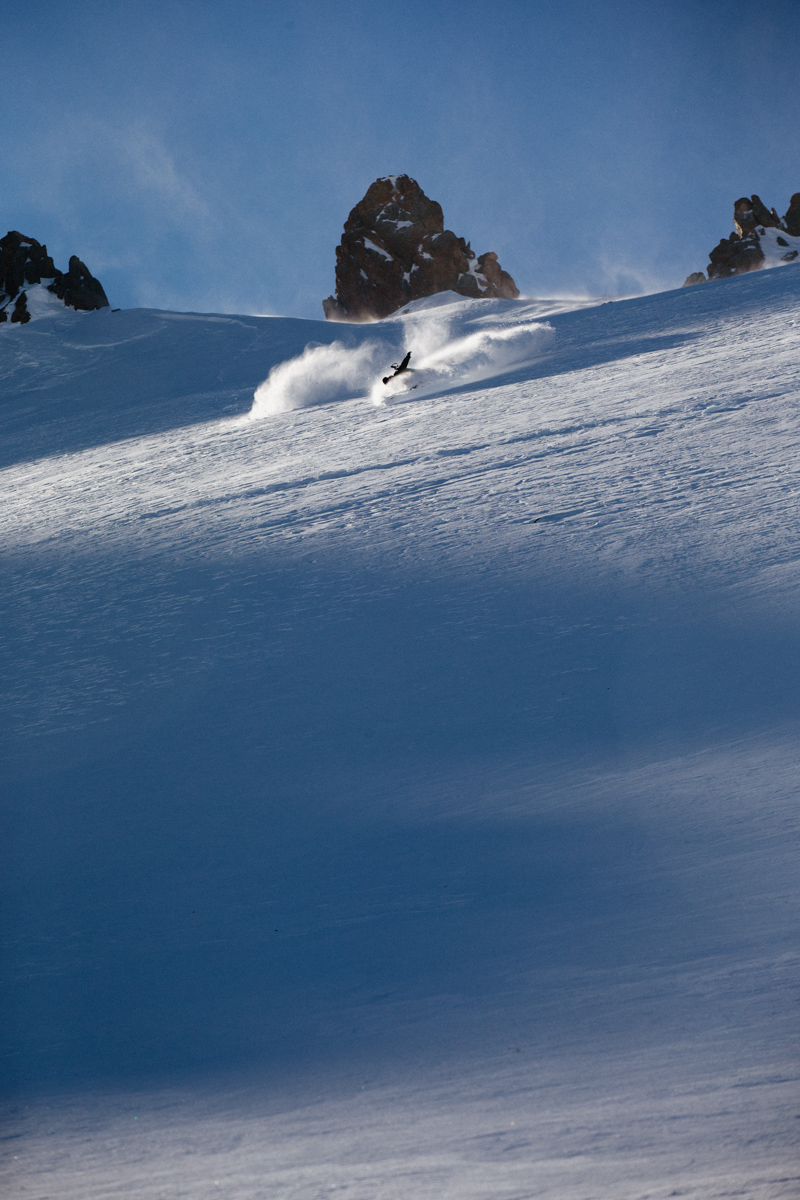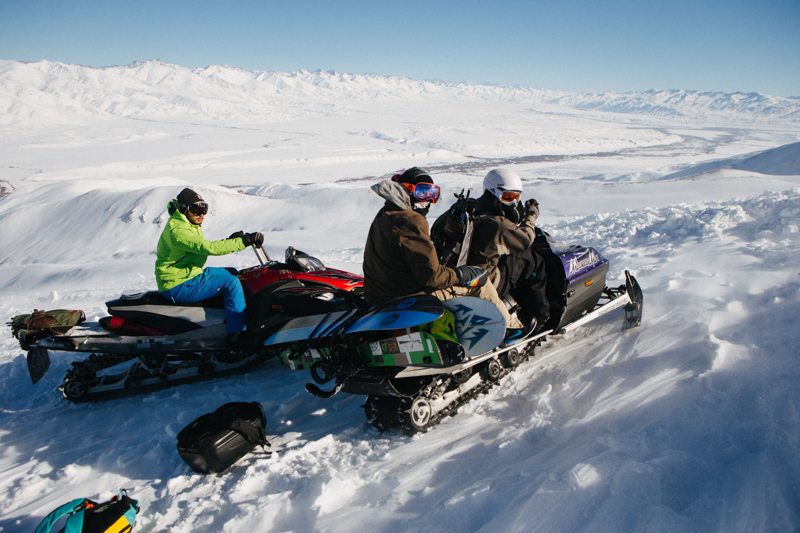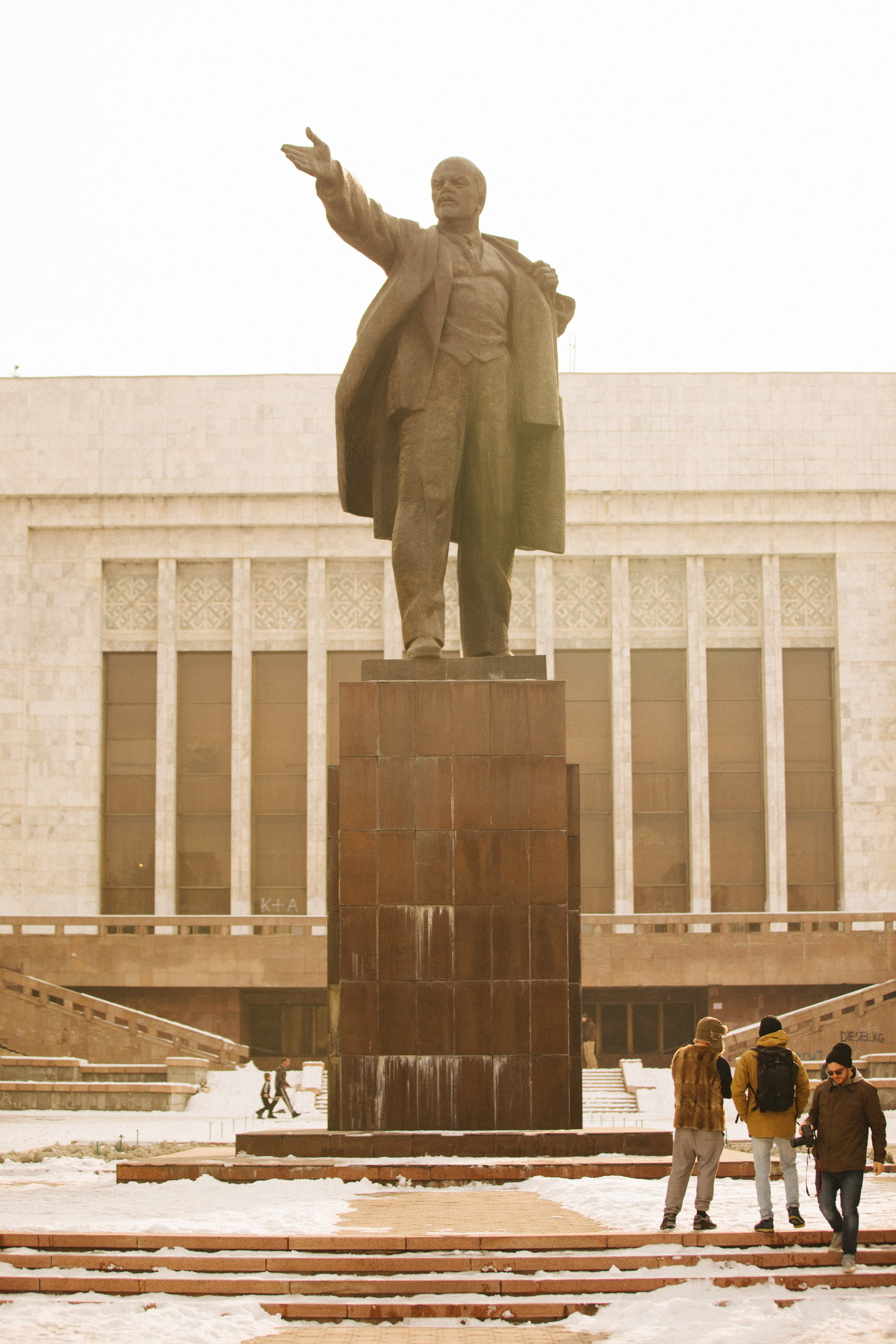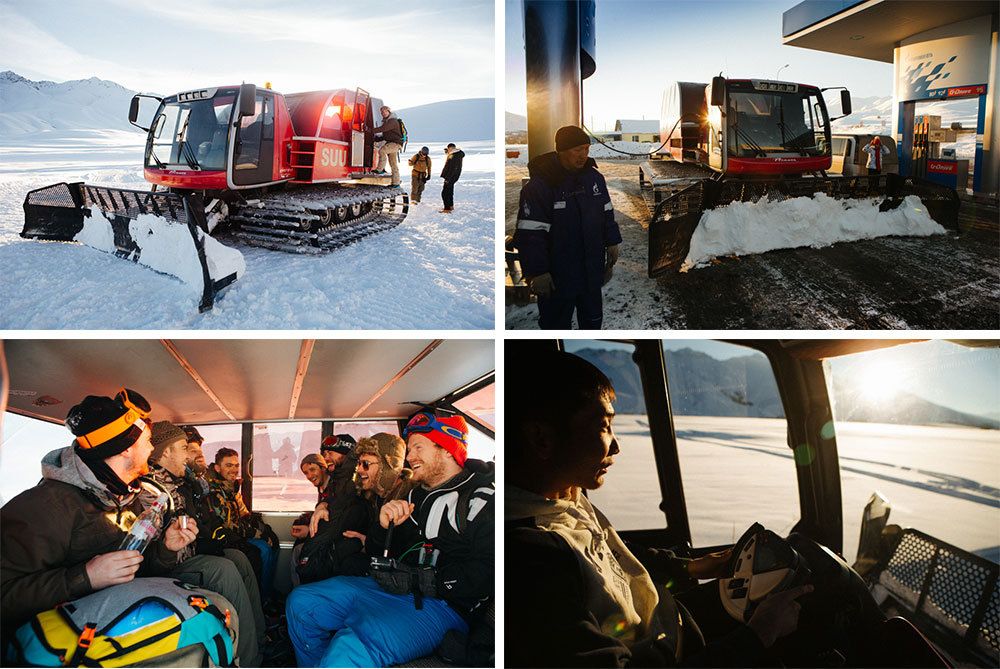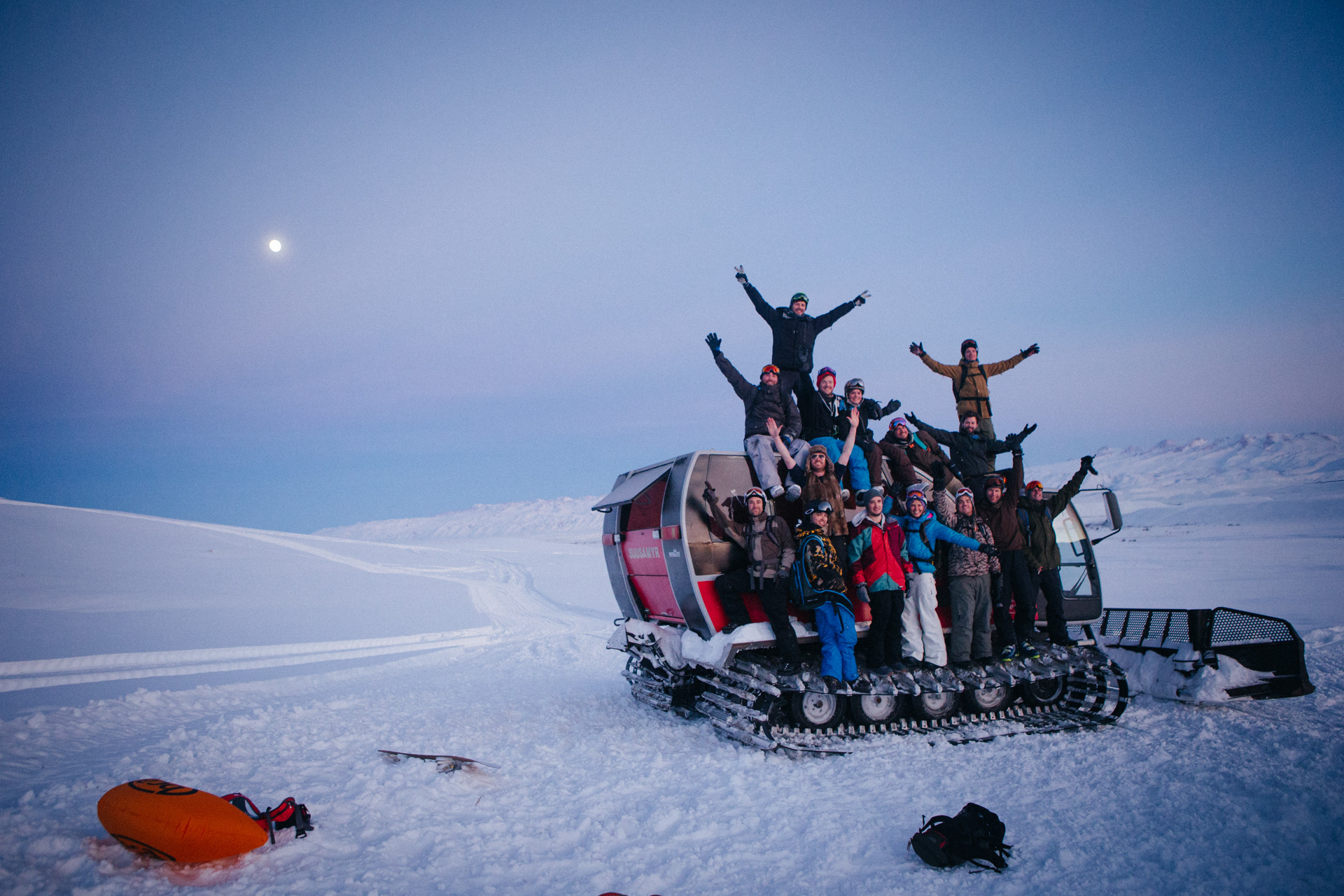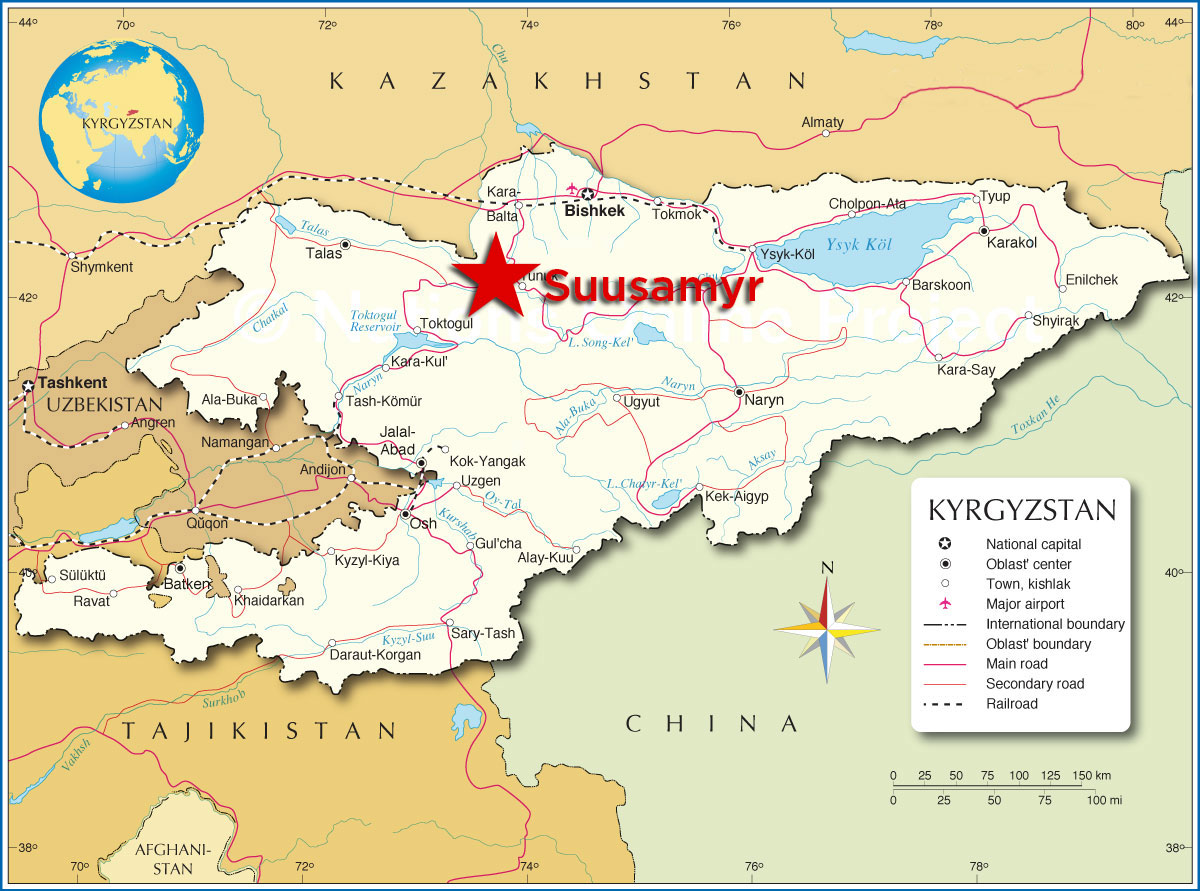Words by Tristan Kennedy | Photos by Dan Medhurst
I’m two thirds of the way down the couloir when the avalanche happens. For the first three turns, the snow has felt gorgeous. Soft and stable. But as I put in a heel edge and then rock back onto my toes I see it cracking ahead of me – a spidery line which quickly spreads left and right, fanning out terrifyingly fast about a foot in front of my board.
“Fuck!” My cousin Alex swears loudly. He’s stood about a hundred metres or so below and his iPhone captures the whole thing. My yell as the snow cracks. My desperate straight line out. My shouts (“woah, woa-ho-ho”) as I make it out the bottom right of the couloir to safety and the relief in my voice as I look back and watch the slope I was on just a few seconds before collapsing in front of my eyes.
“I’m two thirds of the way down the couloir when the avalanche happens.”
“How do you feel about that Trizza?” he asks. “Good,” I say, almost laughing in disbelief. I feel exhilarated, lucky to be alive. But as I watch the slide slow down and eventually stop, my heart is pounding.
The group I’m with is experienced. We’d scoped the line carefully beforehand. We’d checked the snow conditions. I’d planned my escape routes and in the event, I’d managed to stick to that plan. But despite all that I can’t help but wonder if we’re out of our depth here. Have we bitten off more than we can chew?
